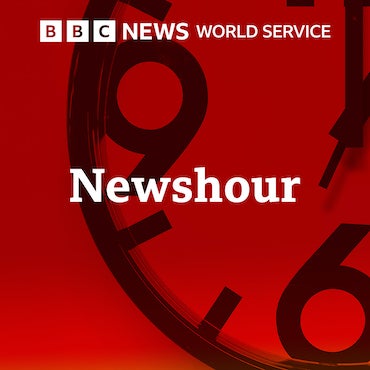A boy’s courage to endure agony, a man’s push beyond the finish line
Through my son Jacob’s high school rowing career, the pain and precision of the sport became his journey into manhood. Tonight he graduates from Moorestown High School, bound for the sleek racing shells of Dartmouth College. Now it is his mother’s and my turn to endure pain.
My son Jacob started rowing competitively about the same time he signed the Freshman Boys’ Vow of Silence. Although no parent has ever seen the exact text of this oath, we understand it to read approximately as follows:
I, _______, do swear and affirm that I henceforth shall never use language to literally, or by inference, convey any information that could be seen as describing to my parents my actual state of being, be that physical or emotional. I further promise and pledge to respond to all interrogatives about the occurrences of my daily life, from my parents and their agents, with the single word “nothing,” using it always and only in diametric opposition to its actual meaning.
As my taciturn freshman ascended to junior varsity status his sophomore year, I started to realize that rowing would be the language of my son’s journey into manhood.
So began my landlubber’s quest to understand this sport.
From Jacob, his rowing family and coaches, I soon learned the segments of the stroke: the catch and the drive and the finish and the recovery. And, although I have never rowed a stroke, I can tell you with confidence that the catch is that almost imperceptible moment when the business end of an oar — which I learned to call a blade — slides from the compliant air into the resistant water. Without a solid catch, the strongest oarsman churns away impotently.
But the catch is not a stationary thing. Nothing in rowing is, as the greenest freshman learns when he first kicks off his sneakers and attempts to sit down in the boat. The water constantly undulates against the shell, which wants to rock back and forth through a narrow vertical axis. Even the seats themselves are not fixed in space, but slide up and down a track.
Despite all of this movement, rowers eventually learn to balance the boat, or bring it set. As a physics equation, this seems impossible. Eight strong young men, pulling madly on 12-foot-long oars, simultaneously must interact with the boat, the water, the current, the wind and all the other rowers, all the time making minute muscular adjustments to keep the skittish thoroughbred of a racing shell on an even keel, from the catch to the finish.
Between the catch and the finish comes the drive, a word I understood without tutelage. Here, a rower’s coiled muscles unleash their power into the oar handles, through the fulcrum of the rigging and into the water.
The force of the drive creates that great common denominator of rowing: pain. During a race, a rower’s muscles produce lactic acid at a rate that far exceeds the bloodstream’s ability to flush it away. I have heard the resulting sensation described in many colorful ways, but few rowers would argue with my use of the word “agony” here. Still, during all of this, you sometimes can catch a glimpse of what one coach I know calls “the masochist’s grin.” It appears when the rowers and the coxswain (the man in charge of the crew) sense they are wordlessly linked and, with every stroke, feel the perfectly set boat leap forward.
Yet it is not a rower’s ability to row through pain that awes me most.
You see, before each race, every rower knows exactly how much pain he is about to endure. His brain, evolved to recoil in fear at such threats, must be trained to ignore these imperatives. When the start of a race is called, rowers must pull with all they have, for themselves and for each other. This, I learned, is called courage.
When the quad-incinerating drive is complete and the oar rises from the water at the finish, the rower must reload for another stroke. His arms, now pulled mightily to his torso, instantly but precisely release. In a very real sense, the rower must reach out for the next stroke, which is waiting there for him. The command for this motion, I learned, is hands away. Without it, the next stroke cannot exist.
Jacob’s high school rowing career ended about a month ago. Tonight he graduates from Moorestown High School. A few hundred miles north in the Dartmouth College boat house, a sleek racing shell awaits his first catch.
Having sent one boy to college already, Jacob’s mother and I are preparing for the pain that we know cannot be avoided. Enduring it will take courage, but we will survive, together. After we move him into his own dorm room in a couple of months, we will smile our own masochist’s grin as we watch our son’s strong arm raise to wave goodbye.
In our newly learned language, his mother and I will offer him this benediction: “Hands away, Jacob. Hands away!”
WHYY is your source for fact-based, in-depth journalism and information. As a nonprofit organization, we rely on financial support from readers like you. Please give today.





